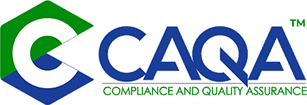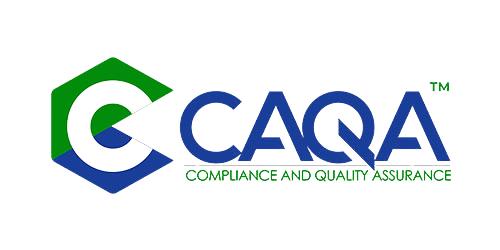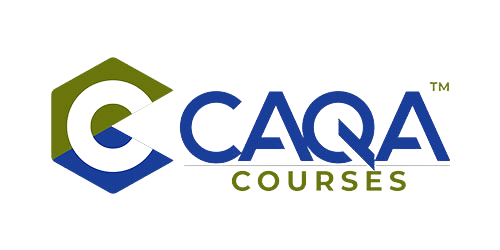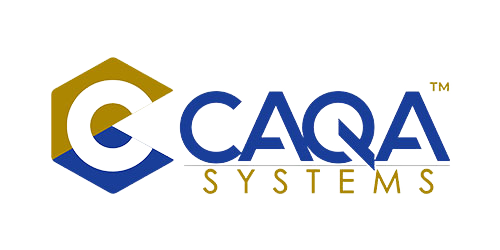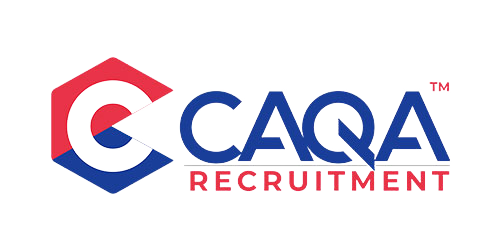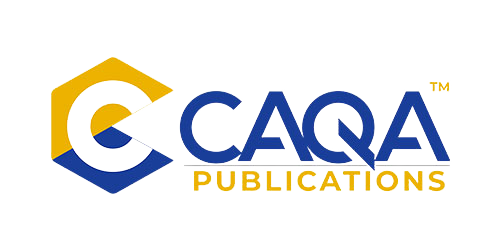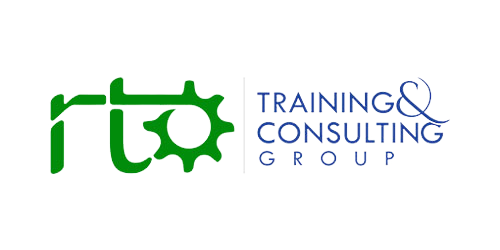Self-assessment and self-declaration alone are insufficient for ensuring robust quality assurance in the Vocational Education and Training (VET) sector, particularly given prevalent information asymmetry and risks of fraud. Drawing on insights from the World Bank and OECD, this paper argues that while Australia's VET regulatory framework, encompassing instruments like the National Vocational Education and Training Regulator (Outcome Standards for NVR Registered Training Organisations) Instrument 2025, is comprehensive, its reliance on CEO declarations of compliance is inadequate without systematic evidence collection and proactive monitoring.
The abstract highlights how current practices fall short in verifying critical quality areas such as assessment validation, marketing accuracy, student support, governance, and continuous improvement, leading to potential undetected non-compliance. It emphasises the underutilised potential of mandated AVETMISS data for quantitative insights. Citing the scale and complexity of Australia's VET sector, including diverse learning models and marketisation challenges (e.g., the VET FEE-HELP scandal), the paper underscores the severe consequences of over-reliance on self-reporting.
Examining international best practices from the UK, Germany, New Zealand, and Singapore, the abstract advocates for integrating self-declarations with rigorous external audits. It proposes that the Australian Skills Quality Authority (ASQA) adopt strategic, data-driven sampling methodologies, including risk profiling and a multi-tiered approach, to enhance regulatory effectiveness. In conclusion, the abstract asserts that transitioning to systematic evidence collection, proactive monitoring, and strategic sampling is critical for safeguarding student outcomes, ensuring public investment integrity, and fostering enduring confidence in Australia's VET system.
Introduction: Global Lessons on the Limits of Self-Declaration
Self-assessment and self-declaration, while valuable components of regulatory frameworks, are inherently limited in ensuring robust assurance, particularly in sectors like vocational education and training (VET) where asymmetric information is prevalent. The World Bank’s Toolkit for Regulators (2022) emphasises that unchecked self-reporting can create vulnerabilities, enabling systematic fraud and neglect. Similarly, the OECD’s Best Practice Principles for Regulatory Policy (2021) highlights that relying solely on provider declarations often fails to detect malpractice, as unscrupulous actors are unlikely to self-report violations. These global insights underscore the need for more rigorous oversight mechanisms to ensure quality and accountability in Australia’s VET sector.
The Foundation of Assurance: Standards and Accountability
The National Vocational Education and Training Regulator (Outcome Standards for NVR Registered Training Organisations) Instrument 2025 provides a comprehensive framework, defining key Quality Areas such as Training and Assessment, VET Student Support, VET Workforce, and Governance. These are reinforced by the Compliance Standards and Fit and Proper Person Requirements Instrument, which mandate essential administrative protocols, including accurate marketing, diligent record-keeping, and transparent third-party arrangements. However, despite this robust regulatory structure, the current reliance on CEO declarations of compliance remains inadequate without systematic evidence collection and proactive monitoring to verify adherence.
CEO declarations, which typically attest that a Registered Training Organisation (RTO) meets compliance requirements, lack the depth needed to ensure genuine quality assurance. Without systematic evidence collection and analysis, these declarations are insufficient for several reasons. For instance, the Standards for RTOs (SRTOs) 2025 mandate rigorous, ongoing validation of assessment tools and practices. Yet, without regular sample checks by the Australian Skills Quality Authority (ASQA), substandard assessments may go undetected, compromising the integrity of qualifications. Similarly, while regulations require accuracy in marketing and advertising, unethical practices can persist without ASQA’s systematic reviews of RTO marketing materials, rendering CEO declarations unreliable in guaranteeing transparency.
The provision of comprehensive student support and wellbeing services is another critical area where declarations alone fall short. Although mandated, the quality and accessibility of these services cannot be verified without a systematic collection of student feedback and support logs. Governance standards also require proactive risk identification and management, but without ASQA’s scrutiny of risk registers and frameworks, a CEO’s declaration offers limited assurance of effective risk management. Furthermore, while RTOs are required to continuously monitor and improve their performance, the effectiveness of these self-assurance processes remains unverifiable without evidence such as internal audits and improvement records.
Quantitative Data Provision: Strengthening Oversight
The National Vocational Education and Training Regulator (Data Provision Requirements) Instrument 2020 mandates the submission of Australian Vocational Education and Training Management Information Statistical Standard (AVETMISS) data to ASQA. However, the potential of this data remains underutilised without proactive, systematic analysis. Quantitative insights into completion rates, sector-specific disparities, and provider financial viability could significantly enhance regulatory effectiveness, enabling ASQA to identify and address issues more efficiently.
Diversity and Complexity in Modern VET: Unique Challenges
Australia’s VET sector is characterised by significant diversity and complexity, with over 4,000 RTOs enrolling more than 4.1 million students annually, according to the National Centre for Vocational Education Research (NCVER, 2023). This scale necessitates sophisticated, data-driven oversight to maintain quality. Additionally, around 40% of VET students engage in remote or hybrid learning models (NCVER, 2023), which introduce unique challenges in ensuring consistent quality assurance. The rapid marketisation of the sector has also heightened compliance and quality risks, as evidenced by the VET FEE-HELP controversy, which led to significant financial losses and compromised student outcomes, as reported by the Australian National Audit Office (2017).
High-Impact Cases: Consequences of Insufficient Oversight
High-profile cases, such as the VET FEE-HELP scandal in Australia and similar issues internationally, illustrate the severe consequences of over-reliance on self-reporting. These incidents highlight the critical need for robust external validation and systematic auditing to prevent fraud, protect students, and safeguard public investment. Without such measures, the sector risks further erosion of trust and diminished qualification value.
Lessons from International Regulatory Practices
International regulatory practices offer valuable lessons for strengthening VET oversight. In the United Kingdom, Ofsted and Ofqual employ risk-based, publicly reported inspections that have significantly reduced non-compliance through transparency and accountability. Germany’s Dual System leverages industry-driven regulation and stakeholder collaboration to embed quality through shared responsibility. New Zealand’s Qualifications Authority (NZQA) requires annual evidence submission alongside declarations, maintaining high standards through transparency and targeted reviews. Singapore’s approach, combining comprehensive audits, performance-linked funding, and strong industry collaboration, consistently delivers high-quality outcomes. These models demonstrate the effectiveness of integrating self-declarations with rigorous external audits.
Designing Effective Sampling Regimes
To enhance regulatory effectiveness, ASQA should adopt strategic sampling methodologies. Risk profiling, which combines quantitative data such as completion rates and financial health with qualitative inputs like complaints and compliance history, can dynamically identify high-risk providers. A multi-tiered sampling approach would further refine oversight: high-risk RTOs require intensive reviews, medium-risk providers need targeted sampling based on emerging issues, and low-risk providers can undergo baseline spot checks to maintain proactive oversight without overburdening compliant organisations. Adaptive regulatory feedback, informed by audit findings and publicly reported insights, would enable continuous refinement of risk profiles and foster sector-wide accountability and improvement.
In conclusion, while CEO declarations play an important role in promoting accountability, they are insufficient for ensuring genuine quality assurance in Australia’s VET sector. Systematic evidence collection, proactive monitoring, and strategic sampling are essential to address the limitations of self-declarations. By drawing on international best practices and leveraging robust quantitative analysis, ASQA can significantly enhance the sector’s integrity and efficacy. Transitioning to data-driven oversight is critical for safeguarding student outcomes, ensuring the integrity of public investment, and fostering enduring confidence in Australia’s VET system.
